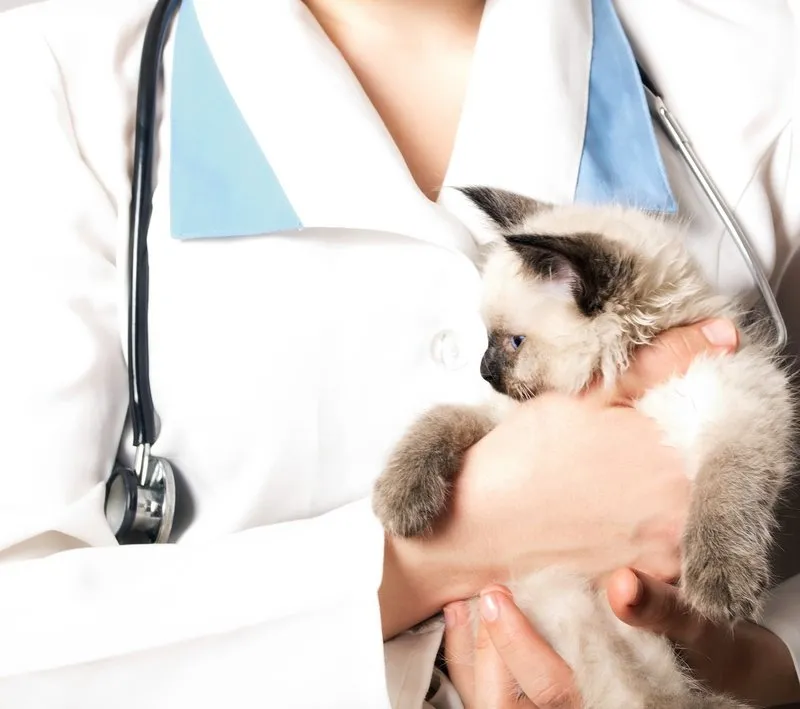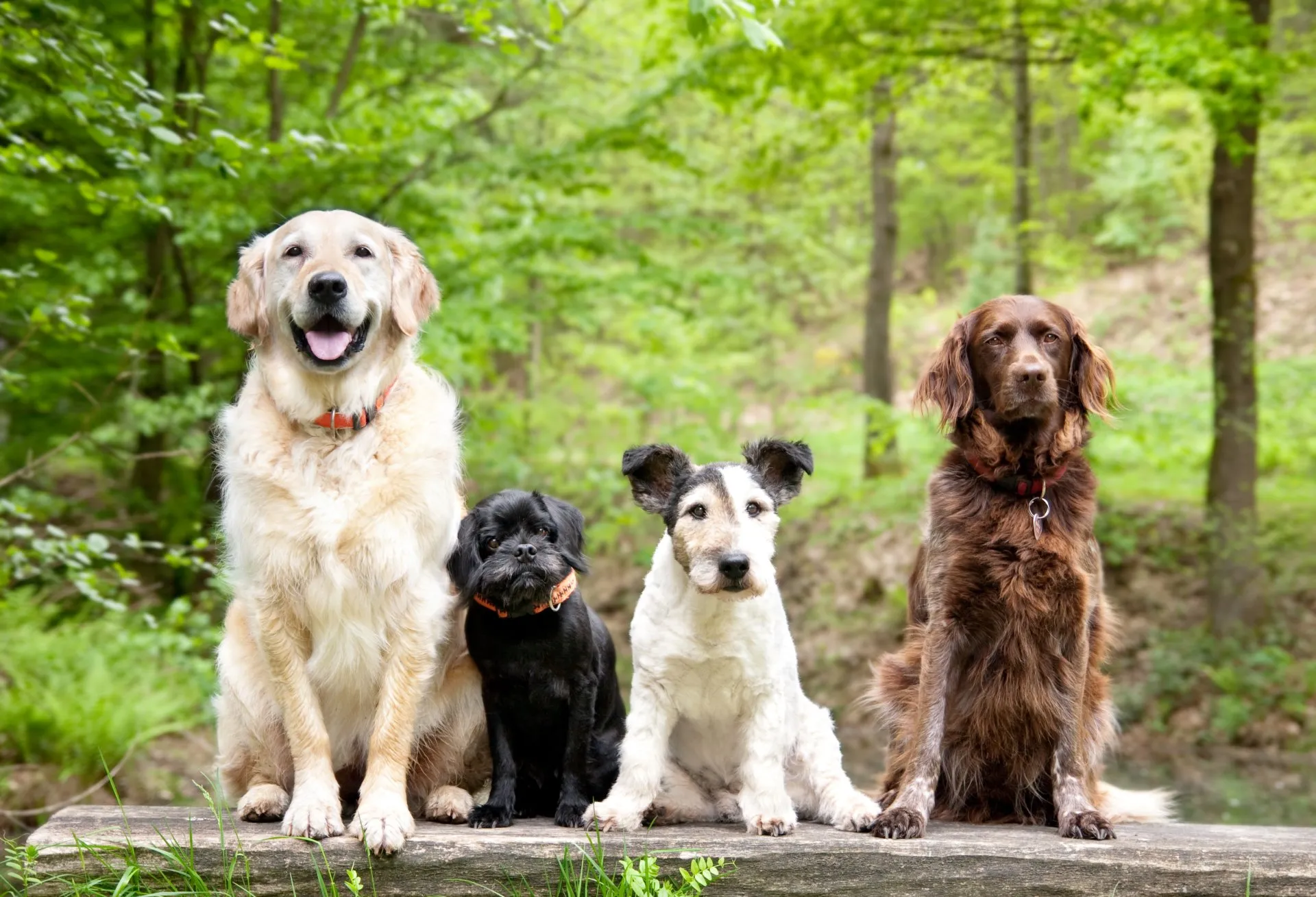Protecting your pet from rabies is not only crucial for its health but also for the wellbeing of your family and community. Rabies is a deadly virus that affects the central nervous system, primarily spreading through bites from infected animals. The good news is that you can protect your pet from rabies with simple and effective steps that reduce the chance of exposure and disease transmission. This article will guide you through four proven measures, such as scheduling timely vaccinations, avoiding wildlife contact, overseeing interactions with unknown animals, and recognizing potential warning signs. Each step combines expert advice and scientific evidence to ensure your furry companion remains safe from this devastating infection. Whether you’re a new pet owner or someone looking to refresh your knowledge, you’ll find clear instructions and real-world examples to help you feel confident about safeguarding your pet. Let’s begin the journey toward a healthier, happier friend.
Did you know that rabies is on the rise again in many places? Just the word “rabies” tends to conjure up some frightening images in the mind’s eye. Rabies is extremely dangerous: in fact, it’s the only disease with almost 100 percent fatality. Even worse: it’s a zoonotic disease, meaning that it can be transmitted from animals to humans, it’s particularly dangerous. Luckily, rabies risks are fairly low in the United States and many other parts of the world, thanks to modern vaccination and wild animal control measures. Still, you’ll want to take the proper precautions to make sure your pet stays safe. Here’s how:
Vaccinate your pet.
Your pet’s core vaccination group should include the rabies vaccine. This is your furry friend’s first–and potentially only–line of defense against the rabies virus. Puppies and kittens as young as three months old or so can receive the rabies vaccination at their initial exams. Your pet will also need booster shots every few years. For more information on vaccinations for puppies, check out our article on Vaccines for Your Puppy.
If your pet is in need of the rabies vaccination, or if you’re unsure whether or not your pet has already received this vaccine, call your vet’s office for help.
Supervise while outdoors.
To protect your pet from rabies, it’s crucial to understand that the rabies virus is transmitted through the bite of an infected animal. Keep a close eye on your pet outdoors, and limit or prevent encounters with wild animals like raccoons or opossums. Keep your dog on a leash when you go on walks, and don’t let him roam off-leash. If you live in a wooded area or anywhere that wild animals may pass through, don’t let dogs or cats roam outside unsupervised.
Spay and neuter.
Having your pet spayed or neutered is also a good way to prevent the risk of the rabies virus. That’s because spaying and neutering reduces your pet’s urge to run off looking for love. Not only will you avoid the hassle and heartache of a lost pet, you won’t have to worry about them coming in contact with a wild animal that could potentially be rabid. Cat owners are also spared the sound of their kitty’s ‘singing.’
Watch for signs of illness.
Symptoms of rabies include loss of appetite, lethargy light and touch sensitivity, fever, and uncharacteristic aggressive behavior. More serious symptoms, such as seizures and paralysis can occur if the disease progresses. Tell your veterinarian immediately if you see any of these signs.
Protect Your Pet from Rabies in 2025: Vaccination and Exposure Risks
How long does rabies vaccine immunity last?
Rabies vaccine immunity can vary based on the type of vaccine administered and local regulations. Many veterinarians administer an initial dose that lasts for one year, followed by boosters that may protect for up to three years. Monovalent rabies vaccines commonly require an annual booster, while some multivalent formulas last longer. Regular booster shots help maintain high antibody levels, reducing the likelihood of infection and transmission. Because local guidelines vary, pet owners should adhere to veterinary advice on booster timing. A consistent vaccination schedule safeguards pets and the community by keeping immunity strong, since rabies remains a life-threatening risk for animals and humans alike.
Are some breeds more sensitive to vaccine reactions than others?
Individual pets can vary in how they respond to vaccines, but no definitive evidence shows that specific dog or cat breeds are consistently more prone to adverse reactions. Factors such as overall health, age, and prior medical history often play a bigger role. Mild, temporary symptoms, including slight fever or swelling at the injection site, can develop after vaccination, but these typically resolve on their own. Rarely, more serious issues may arise, and prompt veterinary attention is advised. Maintaining up-to-date vaccinations remains vital for disease prevention and overall well-being.
How should garbage and pet food be managed to prevent attracting potentially rabid animals?
Garbage should be kept in sealed, animal-resistant bins and taken out regularly to remove odors that might draw in wildlife. Any spills around trash containers should be cleaned right away. Pet food should only be offered at mealtimes and removed once feeding is finished, rather than left outside for prolonged periods. Storing pet food in secure containers indoors helps block tempting scents. Removing leftover food and water from outdoor bowls also decreases the chance of attracting stray or wild animals. These practices reduce opportunities for encounters with potentially rabid creatures seeking easy meals.
What should be done if a pet is exposed to a potentially rabid animal?
Once a pet is exposed to a potentially rabid animal, keep the animal isolated from other pets and people to reduce further risk. Promptly arrange a veterinary exam to confirm vaccination status and administer a booster if needed. Local regulations may require quarantine or observation to watch for any signs of infection. Meanwhile, remain aware of unusual symptoms such as behavioral changes, aggression, or paralysis. Rabies vaccinations and spaying or neutering beforehand can significantly lower exposure risks. With swift action and professional care, the animal’s prognosis often remains very favorable.
What are the quarantine requirements for vaccinated vs. unvaccinated pets after exposure?
Once a pet is exposed to a potentially rabid animal, keep the animal isolated from other pets and people to reduce further risk. Promptly arrange a veterinary exam to confirm vaccination status and administer a booster if needed. Local regulations may require quarantine or observation to watch for any signs of infection. Meanwhile, remain aware of unusual symptoms such as behavioral changes, aggression, or paralysis. Rabies vaccinations and spaying or neutering beforehand can significantly lower exposure risks. With swift action and professional care, the animal’s prognosis often remains very favorable.
All things considered, the risk of rabies is very low for your pet. But make sure to take the right steps to keep it that way. Call your vet’s office in Carlisle, ON for help with Vet Wellness and Pet Vaccinations!




!Social Media Icons